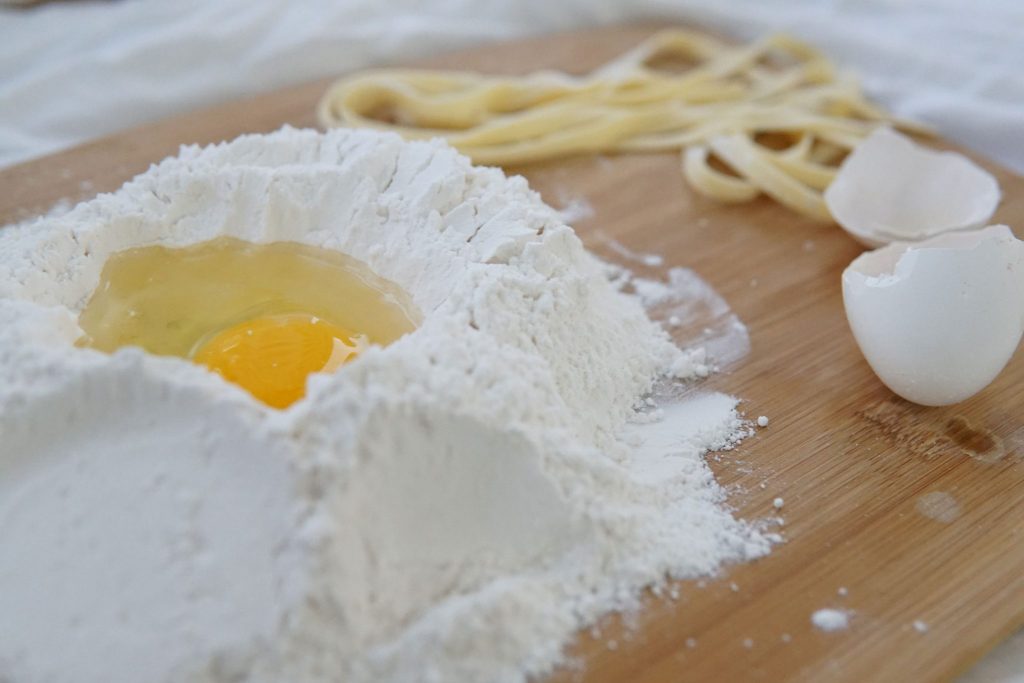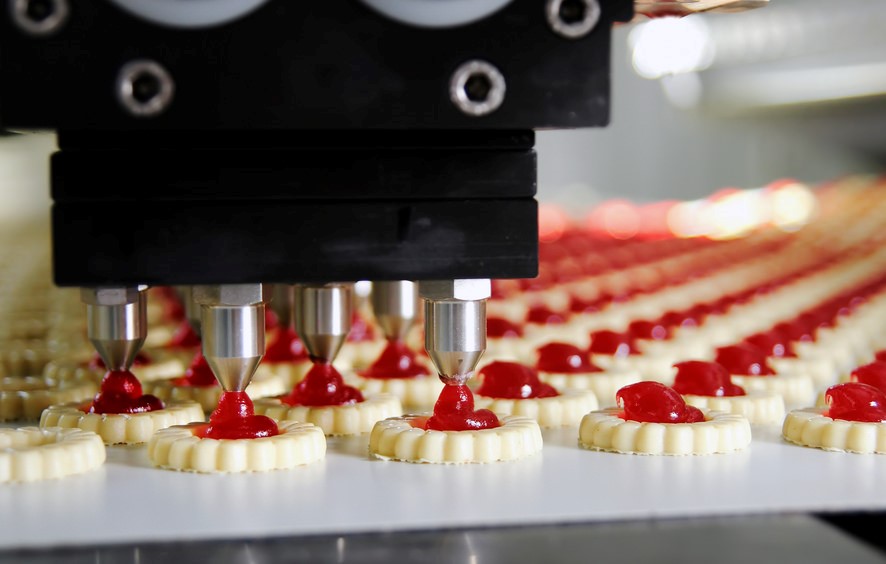In the startup world, a “unicorn” is a company that is valued at over $1 billion. Coined as a term by venture capitalist Aileen Lee in 2013, the use of the mythical animal in business represents the statistical rarity of such successful ventures.
But do the equivalent statistical rarities exist in the pricing world?
A pricing unicorn could be described as an improbable pricing event. For example, when prices go up 50% and demand increases by 100%, or a commodity with a 300% price premium holds a 40% share against a home brand competitor with 50% share.
Here is that 300% price premium example below in more detail:
It’s plain flour. A commodity product, with three options for the consumer.
- The private label: “Homebrand”
- The traditional: White Wings
- The new innovative entrant: Healthy Baker
They are right next to each other on the supermarket shelves. Just sitting there.
Cue a pricing discussion somewhere else in the world between marketing, sales, finance and the executive team:
“We are a commodity and we can’t move our prices”.
Have you heard this before? We get to hear it weekly. Some of you may hear it daily. If you were given the costs for each of these three products, what prices would your company come up with? What would be the difference in profitability? Costs to manufacture are listed below:
- The red Homebrand plain flour costs $0.50.
- The blue White Wings flour costs $0.60.
- The clear plastic container healthy baker costs $0.70.
How did you go? Give this exercise to your colleagues and team. See how they go.
Do you have products or services that are considered commodities?
Is a 300% price premium something you would consider? Is that kind of thinking even possible? What if….?
But what do you think is happening here with our flour example? Is this just a one-off, never-to-be-repeated phenomenon? What happens when we say we are a commodity? What if we are actually not a commodity? How would you know?
Is it worth finding out which products in your portfolio are a commodity and which are not?
The first clue is to not start with the product.
What?
But don’t we need to list out its features and benefits compare them to the competition, look at our costs, and then set the price?
This approach can work as a start. In fact it has worked as a pricing strategy to build corporate empires for the last hundred years. But those same empires are now under more margin pressure than at any other time in history. It might be time for a change in our approach to price setting.
Think about these questions when setting your prices:
- What is the motivation to buy the product? Personal discretionary, policy / rule driven or mandatory / legal?
- What is the application of the product? Low risk – High risk?
- Which customers would fall into the 2×2 matrix for the above two questions?
- By classifying products / services, you can start to unlock new different perceptions of value and opportunities to improve / protect pricing levels.
Our flour example:
- Clue 1: Flour is bought by a fairly unique segment of households
- Clue 2: It is often bought infrequently
- Clue 3: The purchaser is often not the final consumer of what the flour is used for
- Clue 4: The price of the home brand signals something – what could it be?
Yes, commodities have been branded and are therefore technically not commodities. But how often do you hear the phrase “we have been turned into a bit of a commodity”? We hear it all the time. We have even heard staff at a German car company with a three-pointed ornament on the bonnet say they have become a commodity in their spare parts division.
Is anything really a commodity? Well, it is if your staff say it is–brand or no brand.
Key Takeaways
- You have more pricing power than you realise.
- There are ways to discover this pricing power by asking questions–not of the product, but of the buyer and consumer.
- Translate the answers from these groups into a set of pricing hypotheses and test well in multiple ways to triangulate your findings.
- Think through the consumer motivations for purchase.
- Avoid cost plus as a price setting mechanism
If you have examples of premium pricing of “commodities” or have a pricing unicorn in captivity, feel free to comment.
Click here to download the whitepaper.






